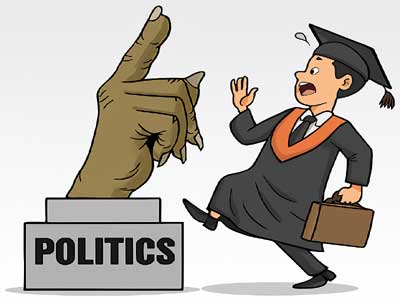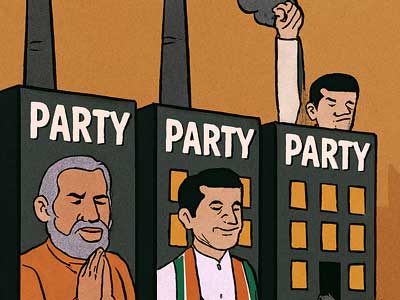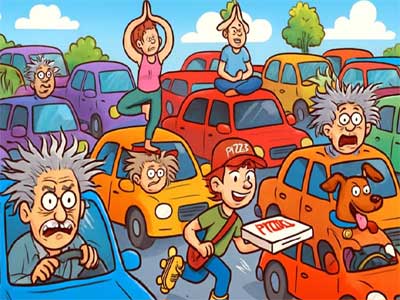Two of the biggest 'X-Factors' that have reshaped the map of Indian politics are casteism and communalism. These factors influence every aspect, from electoral strategies to governance.
This is visible in the preparations for the 2027 Uttar Pradesh Assembly elections. The BJP has prioritized Brahmins and OBCs in the appointment of 44 out of 70 district presidents, underlining the importance of caste arithmetic.
Read in Hindi: ध्रुवीकरण भारतीय राजनीति का ‘गेम चेंजर’ है या ‘रोड ब्लॉक’!
Meanwhile, women’s representation is limited to just six appointments, showcasing the complex interplay of caste and gender in politics. According to socialist thinker TP Srivastava from Patna, "The resurgence of caste-based leadership in Bihar and the strategic alliances of regional parties highlight the reliance on political mobilization based on caste loyalties."
Socialist leader Bapu Shetty from Bangalore adds, "In Karnataka too, influential communities like Lingayats and Vokkaligas, along with powerful families such as the Reddys, Gowdas, and Raos, dominate. The dynamics, pressures, and manoeuvres of caste groups influence not only candidate selection but also policy-making and governance priorities."
Even Delhi, known for its metropolitan image, is not untouched by caste politics. The strategic selection of the Chief Minister considered caste vote banks, and this time, the Vyshya community was given an opportunity.
From the Brahmin dominance of the Nehru-Indira Gandhi era to the rise of OBC leaders following the implementation of the Mandal Commission recommendations during the VP Singh era, the history of Indian politics tells the story of caste dynamics. Leaders like Mulayam Singh Yadav of the Samajwadi Party and Lalu Prasad Yadav of Bihar openly practised caste-based politics.
The late 20th century saw a new turn with the rise of Kanshi Ram and the BSP, and under Mayawati's leadership, Dalit politics gained prominence. The demolition of the Babri Masjid and the subsequent rise of Hindu nationalism temporarily sidelined caste-based politics, but the web of caste divisions remained intact.
In Tamil Nadu, the anti-Brahmin movement led by the DMK gave caste politics a new dimension. According to Gopal Krishnan from Coimbatore, "A large section of Brahmins migrated to Delhi, the USA, Singapore, and other places, while those who remained were marginalized under the banner of Dravidian mobilization and turned against the North and Hindi."
Public commentator Prof Paras Nath Chaudhary states, "The reality is that communalism, when combined with caste, further complicates the political landscape. 'Identity politics,' where religious and caste identities are strategically used, has fueled voter polarization. This is evident in religious rhetoric and communal alliances.
The 'Pasmanda' Muslim movement is a significant example, highlighting caste divisions within the Muslim community. Other religious communities are also not free from caste prejudices and divisions."
Urbanization and changing work cultures have somewhat weakened caste identities, but the social structures of Hindu society still uphold caste hierarchies. According to social activist Mukta Gupta, this is most evident in marriage practices. "Inter-caste marriages are often limited to people of the same professional level. So-called love marriages are increasingly becoming 'marriages of convenience,' with minimal conflict or social tension."
In electoral politics, parties exploit these divisions, making vote-bank politics take precedence over policy debates and national unity. Identity-based mobilization diverts attention from critical issues like economic development, healthcare, and education.
Even seven decades after independence, the viruses of casteism and communalism remain 'game-changers' in Indian politics. They influence candidate selection, party strategies, and voter behaviour. Caste and communalism are deeply embedded in the 'DNA' of Indian politics.


















Related Items
Why fresh blood not entering politics…?
Why Indian migrants don't flex their might…!
New Indian Romance that breaks caste barriers…